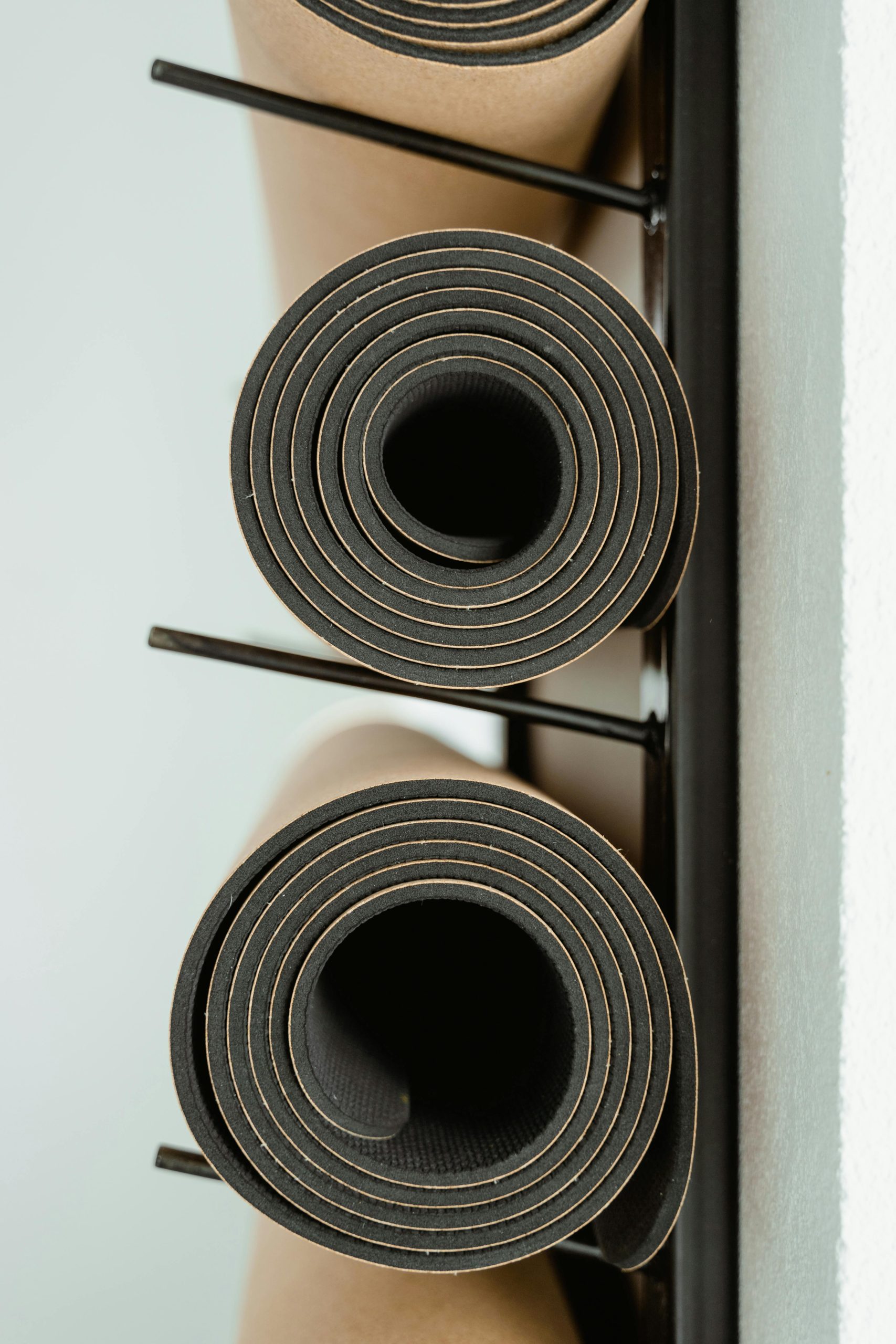Starting a workout routine at home can feel overwhelming, especially if you’re new to fitness. But with the right approach, you can build a simple, effective, and beginner-friendly routine that fits your lifestyle. Whether your goal is to improve strength, flexibility, or overall health, this guide will walk you through easy steps to get started—no gym membership or fancy equipment required.
1. Assess Your Fitness Level and Set Realistic Goals
Before diving into workouts, take a moment to assess your current fitness level. This helps you avoid injury and tailor your routine to your needs. Ask yourself:
- How active am I currently?
- Do I have any injuries or health concerns?
- What are my fitness goals (e.g., weight loss, muscle tone, endurance)?
Once you’ve evaluated your starting point, set SMART goals—Specific, Measurable, Achievable, Relevant, and Time-bound. For example:
- “I will do a 20-minute workout three times a week for the next month.”
- “I will increase my daily step count to 5,000 steps.”
Why This Matters
Setting realistic goals keeps you motivated and prevents burnout. Remember, progress takes time, and consistency is more important than intensity when starting out.
2. Create a Simple and Sustainable Workout Plan
A beginner-friendly workout routine should include a mix of cardio, strength training, and flexibility exercises. Here’s a basic structure to follow:
Warm-Up (5-10 minutes)
Start with light movements to prepare your body. Examples include:
- Arm circles
- Leg swings
- Marching in place
Main Workout (15-30 minutes)
Choose exercises that target different muscle groups. Here are beginner-friendly options:
- Cardio: Jumping jacks, marching in place, or dancing
- Strength: Bodyweight squats, push-ups (modified if needed), and planks
- Flexibility: Gentle stretches or yoga poses like child’s pose
Cool-Down (5-10 minutes)
End with stretches to relax your muscles and improve flexibility. Focus on areas like your hamstrings, shoulders, and back.
3. Gather Minimal Equipment (Optional)
You don’t need expensive gear to start working out at home. However, a few affordable items can add variety to your routine:
- Yoga mat: Provides cushioning for floor exercises
- Resistance bands: Great for strength training without weights
- Water bottle: Stay hydrated during workouts
If you don’t have equipment, don’t worry—bodyweight exercises are just as effective for beginners.
4. Stay Consistent and Track Progress
Consistency is key to seeing results. Here’s how to stay on track:
Schedule Your Workouts
Treat your workout time like an important appointment. Choose days and times that work best for you, and stick to them.
Track Your Progress
Keep a simple journal or use a fitness app to log your workouts. Note:
- How long you exercised
- Which exercises you did
- How you felt afterward
Celebrate Small Wins
Did you complete your first full week of workouts? Could you hold a plank longer than last time? Celebrate these milestones—they keep you motivated.
5. Listen to Your Body and Adjust as Needed
As a beginner, it’s normal to feel sore after workouts, but pain is a warning sign. Follow these tips to stay safe:
- Start slow: Don’t push yourself too hard in the beginning.
- Modify exercises: If an exercise feels too difficult, look for easier variations.
- Rest when needed: Take at least one rest day per week to recover.
If you experience persistent pain or discomfort, consult a healthcare professional before continuing.
Conclusion
Starting a beginner-friendly workout routine at home is easier than you think. By assessing your fitness level, setting realistic goals, and following a simple plan, you’ll build healthy habits that last. Remember, the best workout is the one you enjoy and can stick with. Stay patient, listen to your body, and celebrate every step forward—you’ve got this!
